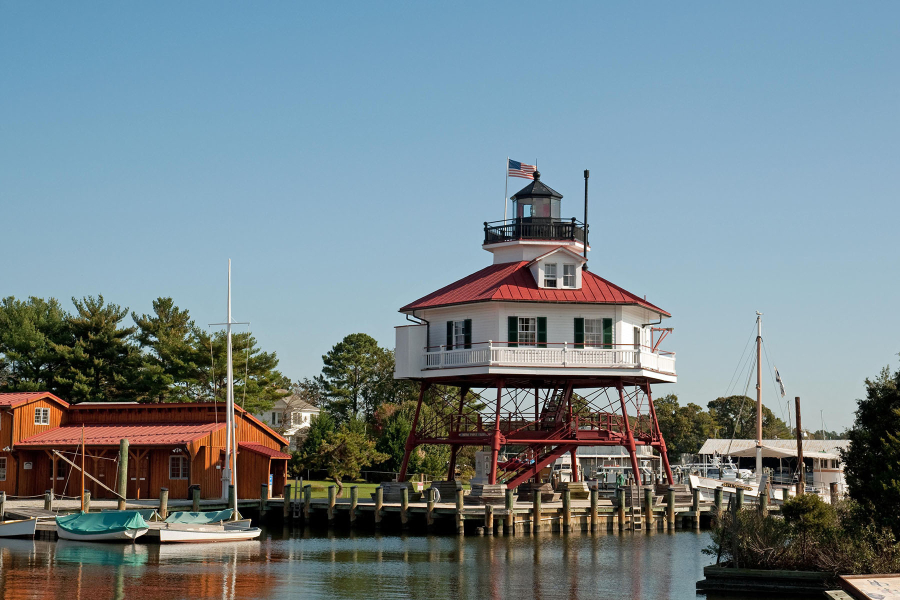Six places to learn about the Chesapeake Bay indoors
Check out our list of six great places where you can learn about the Bay and its rivers, wildlife and history.

Check out our list of six great places where you can learn about the Bay and its rivers, wildlife and history.

Comments
The small but excellent Steamboat Era Museum in Irvington, Va, gives you great insights into the mode of transportation that carried people and cargo to an area not served by Railroads. Regular passenger service to/from Baltimore and Norfolk also brought many to the church camps that thrived in this area and were where many young people met their future mates. Walk a short distance to The Local for breakfast or lunch and excellent espresso drinks. The nearby Office
Café serves tasty salads, flatbreads, and sandwiches.
Also nearby are the Reedville Fishermen’s Museum and the Deltaville Maritime museum.
Thank you!
Your comment has been received. Before it can be published, the comment will be reviewed by our team to ensure it adheres with our rules of engagement.
Back to recent stories